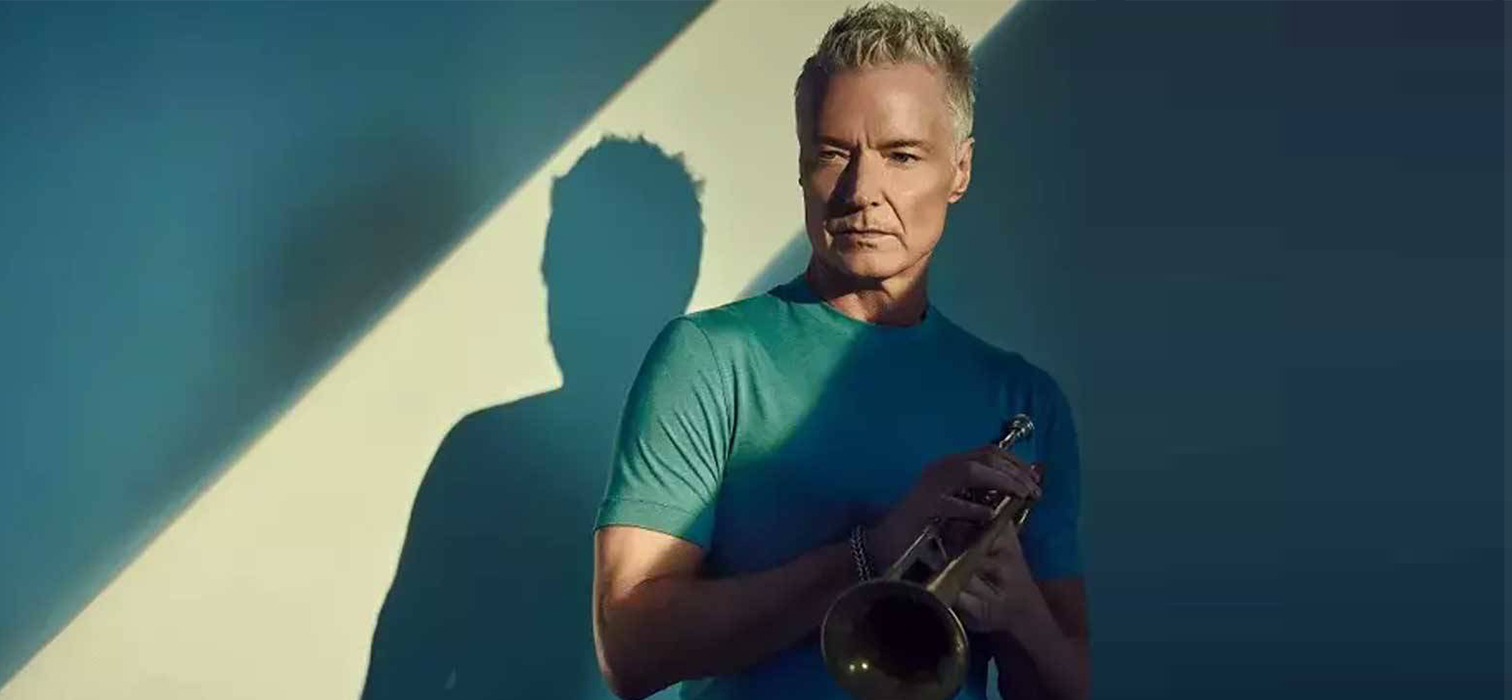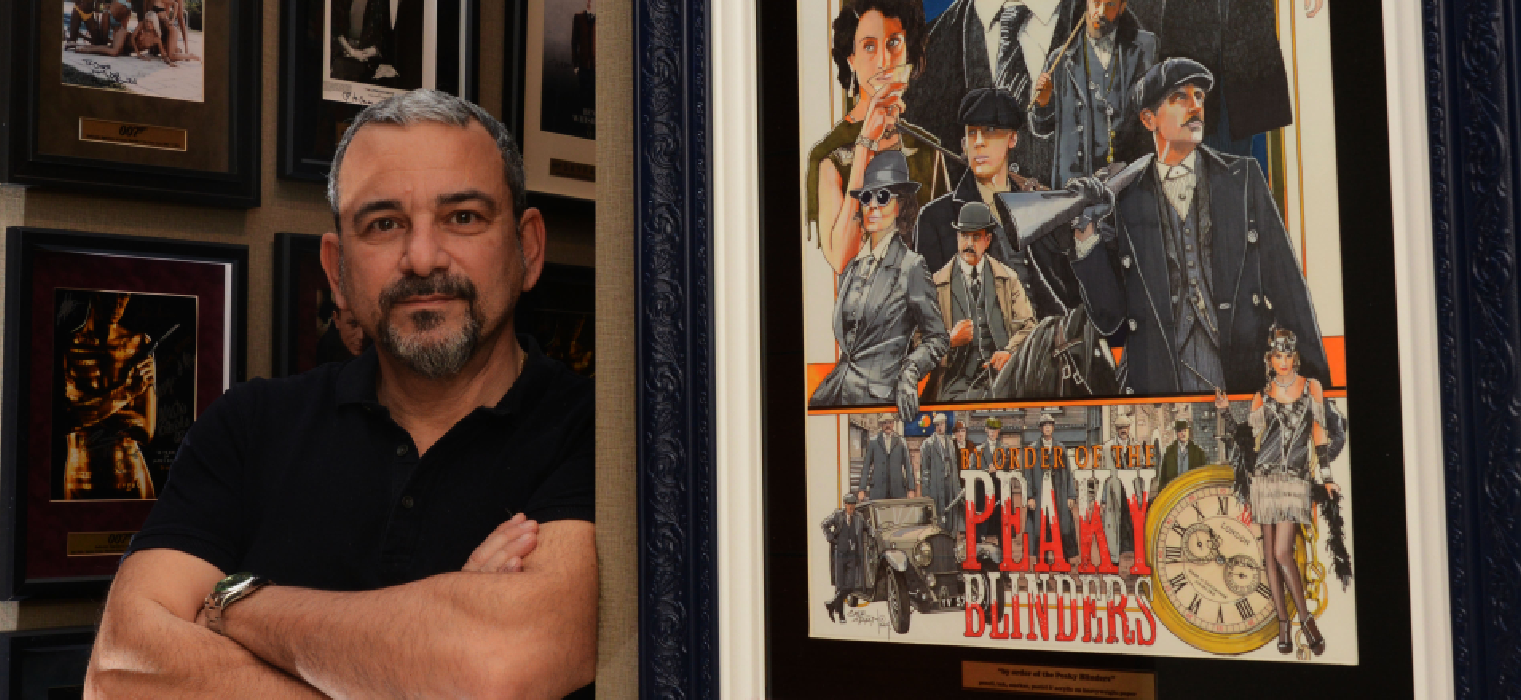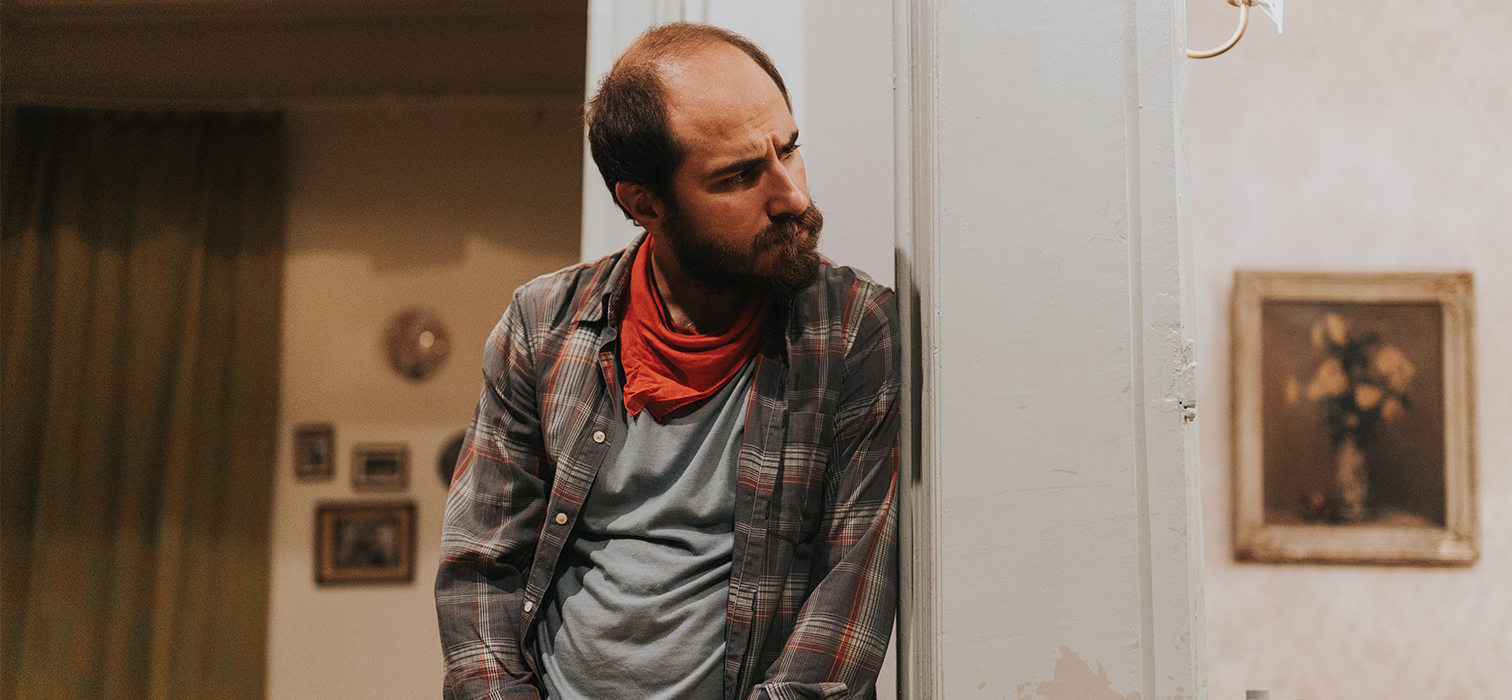
We commemorate Barış Manço with his versatile artist personality and songs on the 25th anniversary of his death.
I remember it like it was yesterday, but a quarter of a century has passed since Barış Manço passed away on February 1, 1999. Far from being an iconic name in our music history, he was one of the names known all over the world. Although there were numerous reasons for this, the most important one was Manço’s versatility. He was not just a musician; he was a true artist.
Manço, who had just graduated from Galatasaray High School, was dreaming of studying at a university in Europe when he got into a truck loaded with snails with his guitar on his back in September 1963. He met the Belgian poet Andre Soulac, who was his manager, and he improved his French and had the opportunity to perform his compositions. He went through some difficult times here due to the traffic accident he had with his brother, and he grew a mustache due to the minor wounds on his face, but he continued to insist on the psychedelic music he believed in. Their music was also a preliminary example of a genre that would later be considered psychedelic within the east-west synthesis.

“Yeni Bir Gün”, recorded with Kurtalan Ekspres in 1979, was Manço’s best album for most of his fans. It was one of the best Turkish Anatolian pop albums, not only of Manço, but of all time. There were many songs that became hits at the time or later, such as “Sarı Çizmeli Mehmet Ağa” and “Aynalı Kemer”, which became milestones in the history of Anatolian rock. In addition, modern minimal interpretations of folk songs such as “Gesi Bağları” and “They Took the Raw Fruit from Their Branch” put the album beyond its time.
He released the album “2023” in 1975. It stands between Rock Opera and Anatolian Rock, but it also contained electronic sounds that we have not heard in any local album before. Considered a milestone, “2023” was an important contribution made by Manço and Kurtalan Ekspres to our music history. Designed on the fiftieth anniversary of the founding of our Republic, the album was a futuristic epic written for the centenary of a secular country that gained its independence.

In 1981, so many things had changed in the country, from politics to economy; One of them was Manço. The symphonic progressive rock of the seventies was left behind and a new page was opened in pop music. And with it, the doors of an era in which local satire and satire began to take more and more place in Manço’s songs…
Manço started the program called 7’den 77’ye on TRT in 1988. He was well prepared for the nineties, both musically and in terms of social status. Subsequently, he went to Japan and a year later he received the title of “state artist”.
In those years, Manço immersed himself in Anatolian lands and was traveling every inch of the country on his way to becoming a Barış Çelebi, just like Evliya Çelebi. His main purpose in this was to assimilate the tradition of folk poets and adapt it to current pop music. As a matter of fact, he benefited greatly from his travels and research in these years and transformed what he had accumulated in his bundle into his original songs with great mastery. In these songs, he tells stories through the daily life of ordinary people; He placed lines from the wisdom heritage of folk poets within the narrative.

Also, he was a collector; there were collections of glass vases, porcelain, furniture, paintings, radios and antique automobiles. He was a television personality, he acted in cinema, he was an international cultural ambassador, above all he was a musician, but his jewelry, which was a part of his clothing, were also integral parts of his art. In this respect, he was the pioneer of a school. Even today, he knew how to wear jewelry that men would not dare to wear easily, and she did not find it strange. In fact, after that, these jewelry were so adopted that similar ones were used by countless musicians and artists, and years later, their sons Doğukan and Batıkan (with Celali Orakcı) compiled them and opened an exhibition without paying attention to the commercial part, and then they passed on the spiritual legacy left by their father from generation to generation. They had undertaken their mission.
The jewelry Manço used were not models from ready-made brands. Even though they were inspired by the culture of the past, Manço definitely had his own touch. Manço’s signature was written on her ring, earrings, bracelet and necklace. The number of these ornaments was not one or three or five, but hundreds.
Regardless of what he is remembered for, Barış Manço is missed by everyone on the 25th anniversary of his death.



